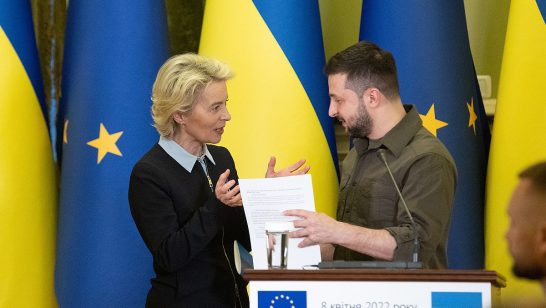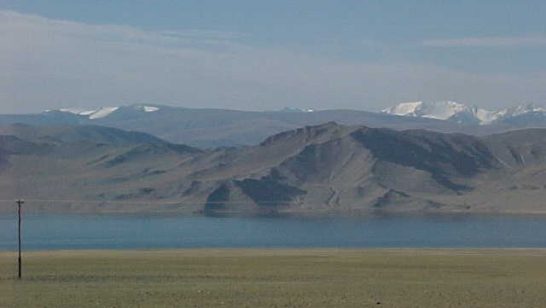NATO’s response to the new threats has been the biggest overhaul of its command structure in a generation. Two new headquarters, one focused on the Atlantic, based in America, and another on logistics, in Germany, will be established over the next three years, adding 1,200 personnel. Generals are also getting chummy with Eurocrats. EU-NATO relations were once “trench warfare”, says Sir Adam Thomson, Britain’s envoy to NATO from 2014 to 2016. Now there is “unprecedented practical collaboration”. The EU published its own action plan on military mobility in March and sent the head of its military staff on a joint tour of Washington with his NATO counterpart last week.
Director, Sir Adam Thomson, quoted in The Economist
Source: The Economist
Related content

To guarantee its security, the EU should arm Ukraine through a self-defence agreement
Current security guarantees for Ukraine range from unavailable to ineffective, writes Sascha Ostanina. She proposes a middle-ground solution to provide collective security for Ukraine through a binding self-defence agreement between the EU and Ukraine. Such an agreement would provide Ukraine with access to weapons and ammunition in the event of Russian aggression.

ELN Director Sir Adam Thomson interviewed by TalkRadio
ELN Director Sir Adam Thomson was interviewed by TalkRadio about the situation on Afghanistan. The interview was streamed live.

Evolving but not disappearing: Neutrality after the Cold War
The decline of neutrality in world politics has been proclaimed several times over the past century, most recently with Finland and Sweden’s decision to join NATO. Pascal Lottaz, co-editor of a new book assessing global developments in neutralism in the “Post-Cold War” period, writes that neutrality policies are still a staple of international politics and that a new international consensus on what neutrality means could help deescalate the current crisis in Europe.
